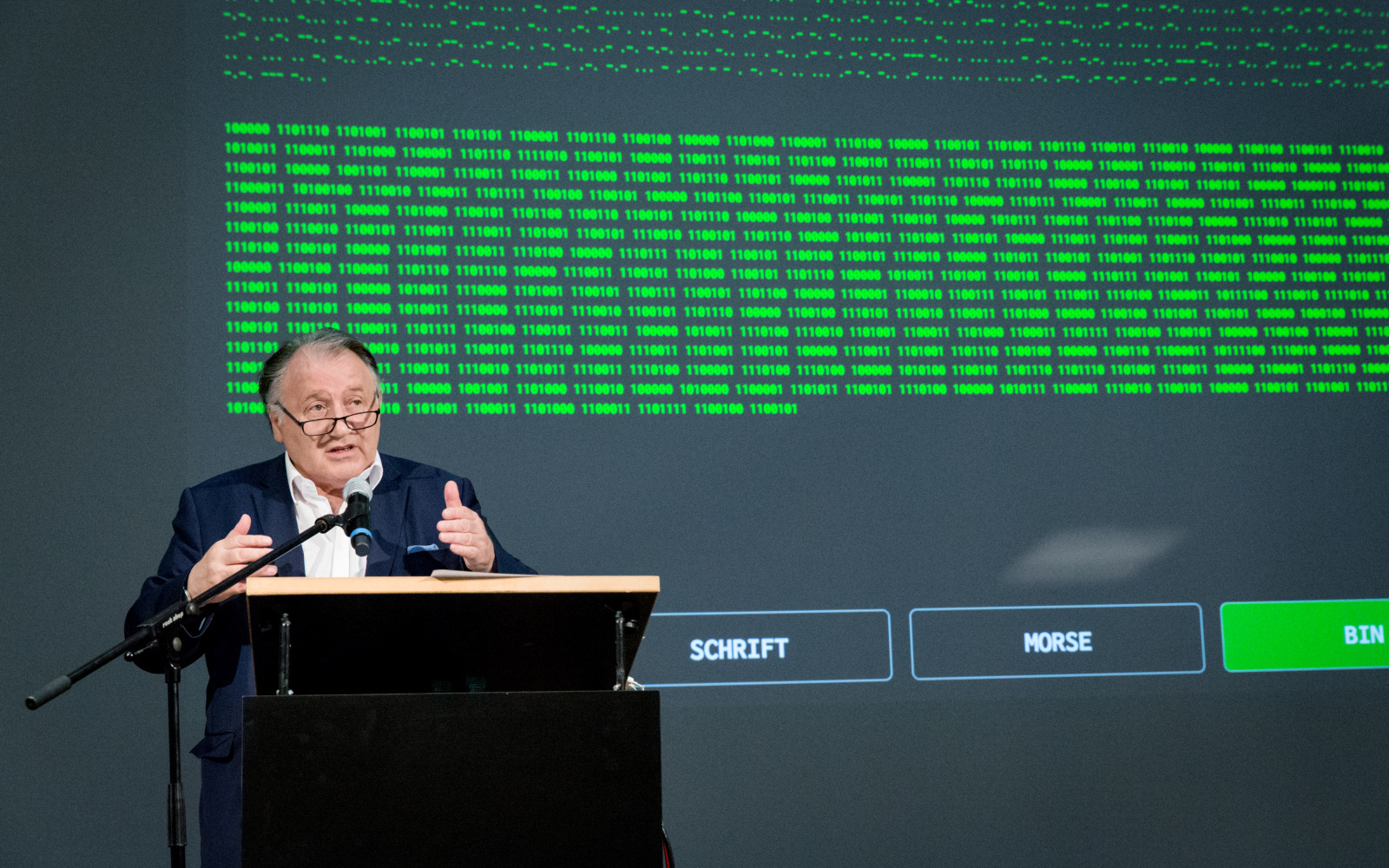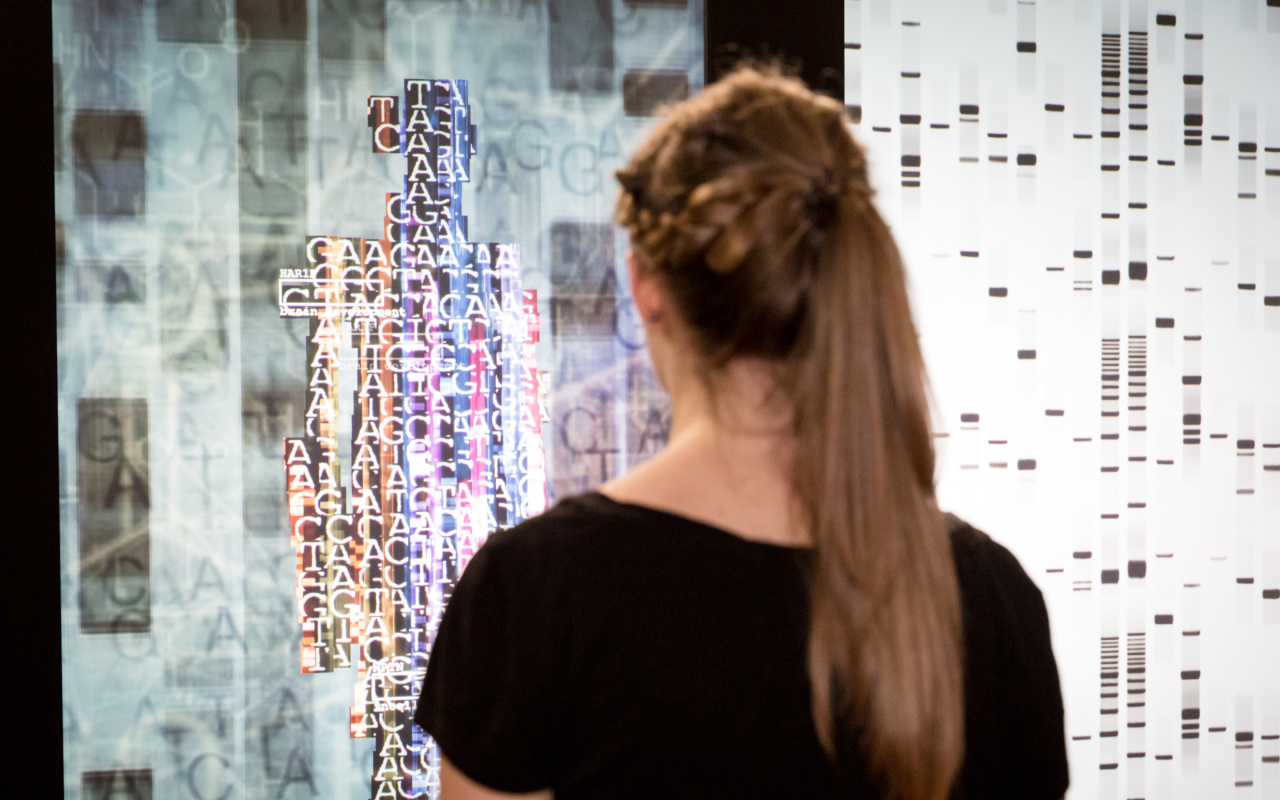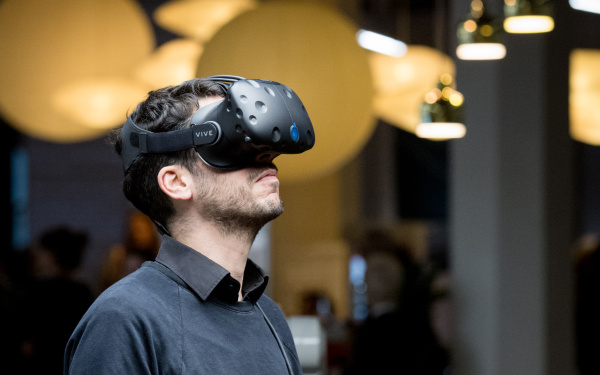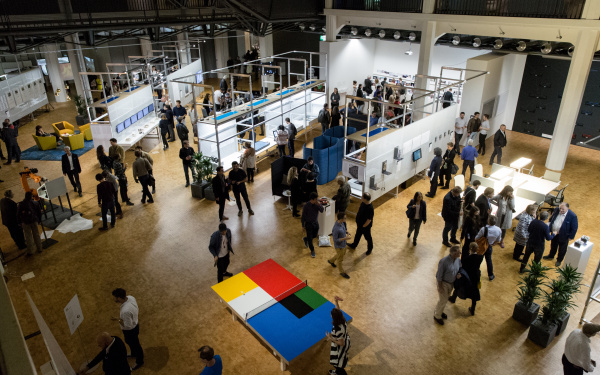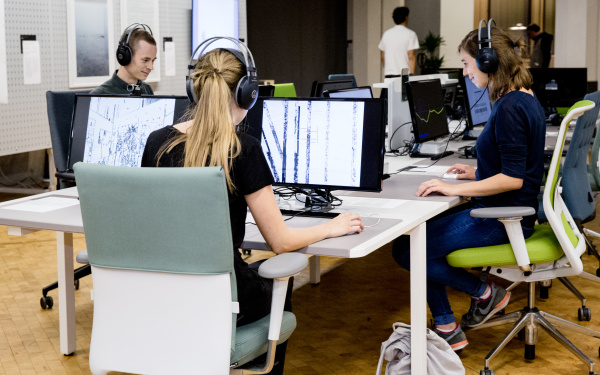Editorial Phase I
Open Codes. Living in Digital Worlds
TO UNDERSTAND THE WORLD WE INHABIT.
TO UNDERSTAND THE WORLD WE LIVE IN.
TO UNDERSTAND THE WORLD THAT SUSTAINS US.
Today we live significant portions of our lives in an artificial, human-made world of data. Digital codes provide access to this world. When we turn on a mobile phone, for example, we are immediately confronted with the prompt »enter passcode.« In Paris it is also commonplace to get into a house or room by entering a numerical code at the door. Codes are crucial keys for access to our contemporary world, both analogue and digital.
The oldest codes in our culture include alphabets and numeral systems. In communication studies, a language is designated as a code in the broadest sense. All communication rests on the exchange of information generated by the sender using a given code and interpreted by the recipient according to the same code. More generally speaking, then, a code is based on a character set; it forms the instructions for depiction so that the characters of one character set can be clearly assigned to those of another. For example, the stream of sounds of the spoken English language can be assigned to the 26 letters of the Latin alphabet in order to represent the spoken vowels and consonants in writing. This visual alphabetical code of 26 letters can, in turn, through the use of short and long sound signals, be translated into Morse code. The essential characteristic of a code, then, is its translatability from one code to another. But what is most astonishing is that a virtually unlimited number of sentences can be produced from either the 26 letters of the Latin alphabet or the three signs of Morse code (short signal, long signal, pause), that is to say, a potentially infinite amount of information can be coded.
Morse Code
The signals of Morse code are transmitted via an electromagnetic telegraph. These characters can be sent as sound or radio signals, as an electrical impulse via a telephone line through the interruption of a constant signal with a button, or optically by switching a light on and off. Morse code fundamentally consists of two states, the signal and the pause, and a temporally variable signal length. This transmission method is called Morse telegraphy. It was named after the painter and inventor Samuel Morse, who constructed the first model of a functional electromagnetic telegraph in 1833. Initially it was only able to transmit ten digits, which were translated into letters and numbers according to a coding chart (a = · –). In a later, more developed form, standardized Morse code provided the vital radio technology for seafarers.
Numerical Code
While the alphabetical code predominated as the primary code for human culture and communication for thousands of years, today numerical code dominates our world, as the examples cited above show. This code essentially consists of the ten numerals 1 to 9 and 0, through which an almost infinite number of numbers can be formed. In 1697, Gottfried Wilhelm Leibniz achieved for numerical code something similar to what Morse would later achieve for alphabetical code. [1] Leibniz proved that all numbers can be represented by just two digits, 0 and 1. He did not take words, images or numbers as counterparts for objects as was usual, but rather allocated digits to numbers for the first time: »Numbers can be used to express all kinds of true sentences and deductions« (Leibniz, »De progressione dyadica,« 1679) Leibniz’s binary number system, his binary code, with which he began to translate words and sentences into numbers, was a prerequisite for the digital code of today.
As all information in the digital world is processed as numbers, letters of the alphabet and numerals are depicted as bit sequences in the computer. The combinations of 0 and 1 (bits) can be stated as numbers, signs or letters (e.g., a = 1100 0001, b = 1100 0010). In coding theory, the elements that make up the code are called »code words,« and the symbols that make up the code words are called the »alphabet.« Whereas until recently, the code systems of language and writing served the purposes of communication between people, today many code systems are available which also enable people to communicate with machines and things. These include the bar codes and QR codes of merchandise management, as well as the important ASCII (American Standard Code for Information Interchange), which is used for coding character sets.
In computer science, the text of a computer program that is written in a programming language in a way that is legible to people is called source code, source text, or program code. It is created according to the rules of the respective programming language. Source code is often written in ASCII code. In order for the computer to execute the source code, it has to be converted into machine language, that is, into commands that can be executed by a processor.
The Concept of the Exhibition – An Experiment in Education
By means of some 200 artistic and scientific works, the exhibition displays the world of digital codes and the future forms of life influenced by them in eight areas: #GenealogyOfCode, #Coding, #MachineLearning,#AlgorithmicGovernance, #AlgorithmicEconomy, #VirtualReality, #Labor&Production, and #GeneticCode. The works presented offer you the chance of trying out an unusual way of engaging with art and defining your own exhibition visit a bit. Unlike with the conventional reception of analogue paintings, sculptures, and installations, the horizon of meaning in »Open Codes« is only revealed in the process of observers physical interacting with the works. The participation of the audience is the moment when the works come into being materially. Participatory and analytical engagement with the works therefore includes new forms of concentration and meditation as well as divertissement. The »discours« of the exhibition is arranged as an architectural »parcours« so that you have the opportunity to stroll around autonomously among islands of art and knowledge or to be active and creative at the places called »work stations,« that is, to converse with other people or to take a break and rest. Because the works unfold in a particularly fascinating way when observed for a longer period of time and we want you to explore the works intensively, we are providing drinks and snacks free of charge. Admission to the exhibition is free – and you will experience a combination of a laboratory and a lounge, a learning environment and park oasis.
It is clear that in this exhibition architectonic concept and scenography depart radically from the usual museum set-up of the White Cube. Elements of a studio, a laboratory, and the home alternate, from a glowing cloud to programmable music machines. The museum as the Commons: the museum becomes an open source community in which people collaborate and become more competent, creative, and knowledgeable together. On the one hand, the architecture is designed to evoke the atmosphere of a space for making, doing, and co-working. On the other hand, the walls are positioned so that they create organic forms. Here the museum becomes a place of community education where the acquisition of knowledge is not only rewarding, but is also rewarded. For the real message of digital transformation is: The society of tomorrow will (have to) change from a work-based society to a knowledge-based society. Thus we demand access to free civic education in the twenty-first century! It is imperative we have culturally competent citizens in order to defend democracy.
The ZKM | Museum Communication team has therefore developed innovative learning concepts with the goal of opening up the intriguing world of digital coding for people of all ages. The wide-ranging communications program offers suitable formats for everyone: small children and (grand)parents, hackers and artists, computer scientists and coding amateurs. You can explore digital coding in theory and in practice directly in the exhibition spaces together with active participants from Karlsruhe and ZKM employees – at workshops, parties, camps, algoraves, science slams, experimental tours, or programming courses.
Peter Weibel
[1] G. W. Leibniz in a letter to Rudolph August, Duke of Brunswick-Lüneburg, known as the New Year’s Letter, January 12, 1697.
[2] English edition: »The Order of Things« [1966], Pantheon, New York, 1970.
[3] Ludwig Wittgenstein, »Tractatus logico-philosophicus,« 1921, proposition 5.6.
[4] Galileo Galilei, »II Saggiatore« (1623), Edition Nazionale, vol. 6, Florence 1896, p. 232.
